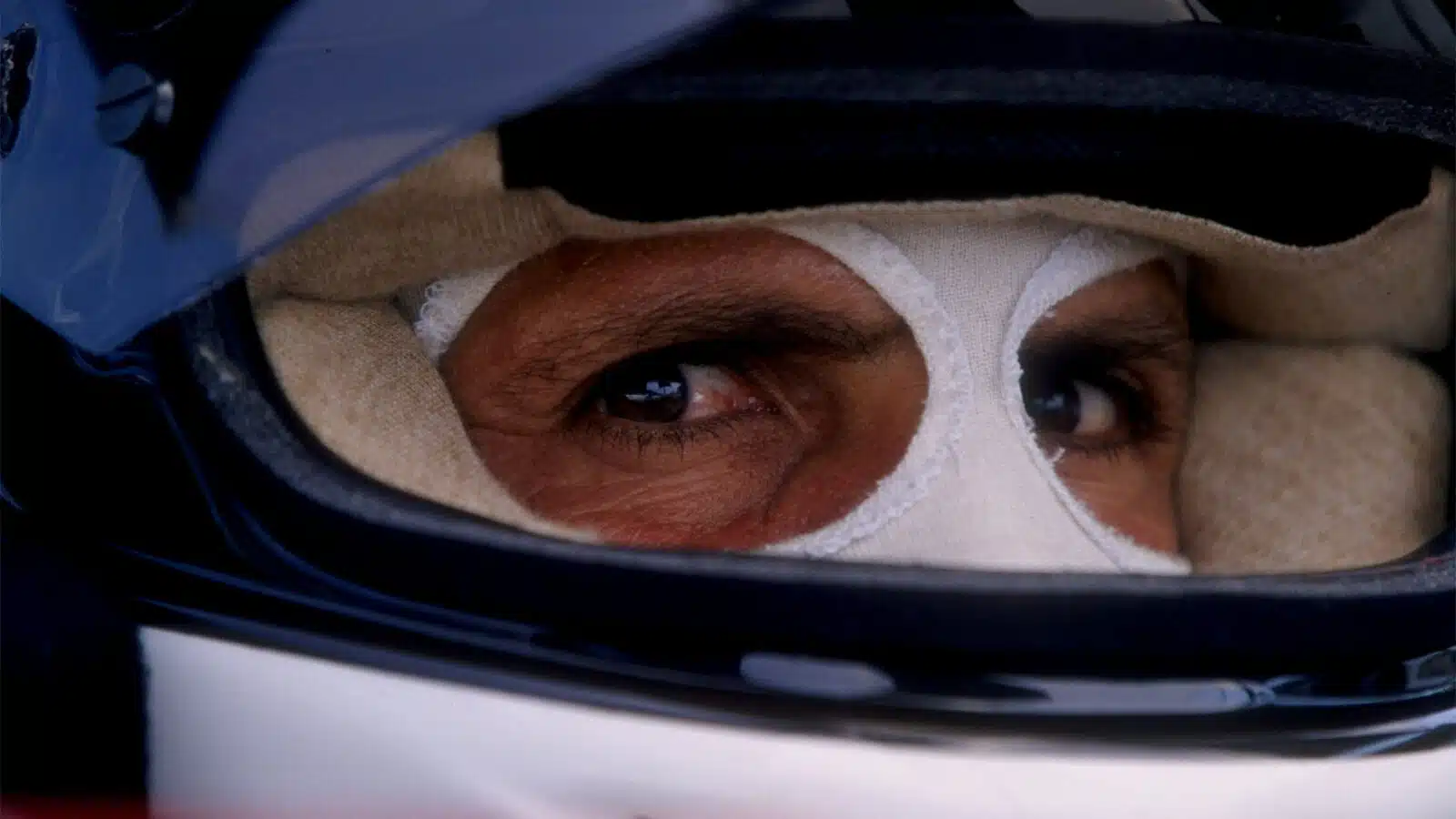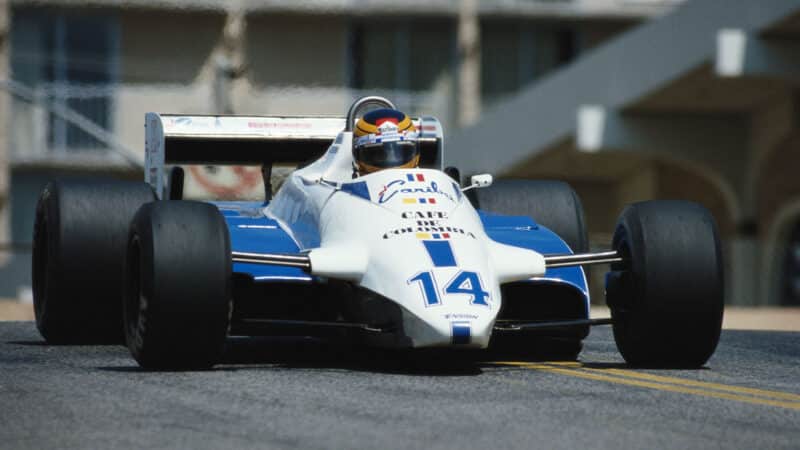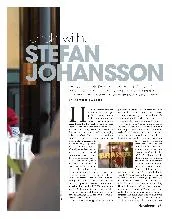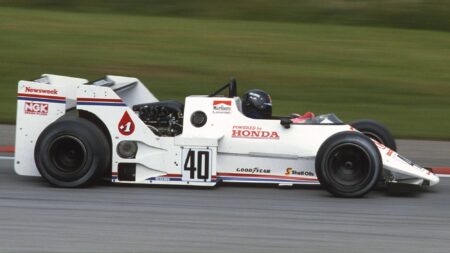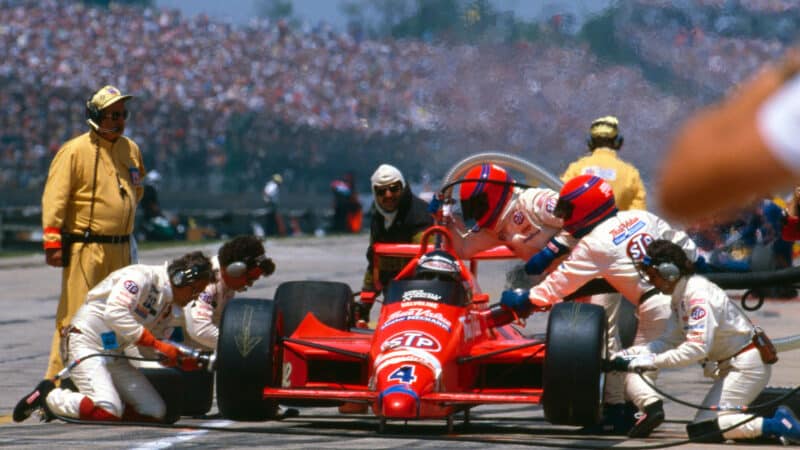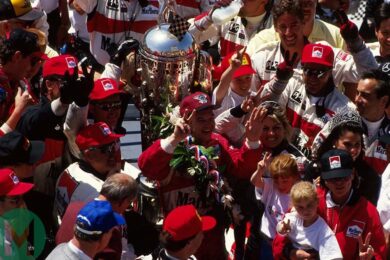He won some races and went on to challenge for the title in the following season’s JM6, the battle boiling down to a three-way fight between Guerrero, Stefan Johansson (Project 4 March 803/Ralt RT3) and Kenny Acheson (Murray Taylor Racing March 803/793). “It was a very competitive year,” Johansson says. “I knew Argo would do a good job because I worked with them in 1978. Roberto was a great guy and there was a nice camaraderie – as there was in 1981, when we were in F2. We hung out quite a bit, played golf together, that sort of thing. I remember the pressure at Thruxton. I had to win and take fastest lap. Roberto didn’t make it easy, though, and he was a really tough competitor.”
One of the integral cogs of that 1980 season was Anglia Cars co-owner Derek ‘Nick’ Jordan, who brought direct yet enormously genial practicality to the team, something that suited Guerrero and matched his own pragmatic. “Roberto was fantastic,” Jordan says. “He was probably among the best two or three drivers I ever worked with and had a very intelligent way of going racing. I remember at Monaco in 1979, when he just missed the qualifying cut – no disgrace in his first F3 season, as there were about 60 cars going for 20 places.
“He was desperately disappointed, so I had a chat to him and said: ‘Look, don’t worry, you’ll be back here next year and we will just get the job done then’. We went through every corner and every kerb and we got the lap planted in his head for 1980.”
A year on and that ‘lap’ had stuck. Guerrero was right there, qualifying third although a spectacular clash with Thierry Boutsen meant he gained little benefit. “They collided at the chicane, which was much quicker than it is now,” Jordan says. “Indeed, he nearly got tipped into the bloody harbour. He was mad as hell and I remember him kicking Thierry up the arse in the paddock afterwards, which was most unlike him!”
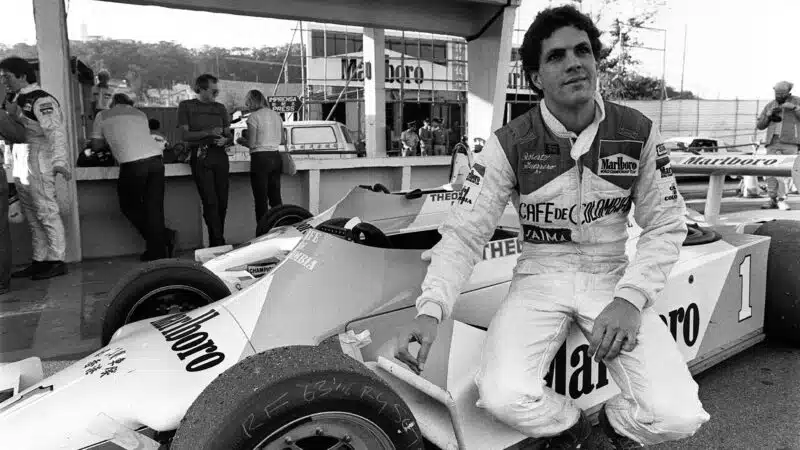
Guerrero showed serious ability in junior categories – here he is at Macau ’83
Getty Images
He won at Thruxton during his 1981 F2 season with Maurer and by the year’s end F1 beckoned: he was poised to become the first Colombian ever to start a world championship grand prix. His two years in F1 would often be harrowing, though.
In 1982 there was a distinct lack of investment or testing in the Nigel Bennett-penned Ensign N181. It was the same with the merged Ensign/Theodore effort in ’83, when two N183s were entered for Guerrero and F1 rookie Johnny Cecotto. There were flashes and reminders of Roberto’s deft talent, but they were infrequent due to wretched reliability.
Despite the ravages of two dispiriting seasons, Roberto was unbowed. An offer from Ligier was seriously considered, but a change of scene was needed. With Theodore having closed its doors just before the 1983 season ended at Kyalami, Roberto made a big decision. “I had seen how Teo Fabi had gone to CART and been competitive straight away,” he says, “and thought, ‘Well, I can do that’.”
